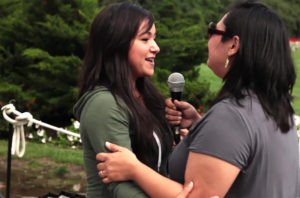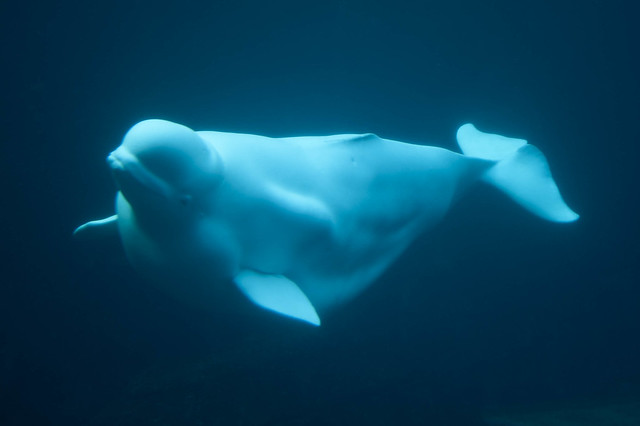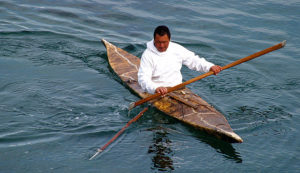Researchers studying Arctic issues are increasingly consulting the local people to gain, in the early stages of their investigations, the benefits of the Inuit traditional knowledge. Nunatsiaq News published an interesting piece on Monday last week about the useful collaboration between scholars and the indigenous people.

For instance, during a study of pregnant women in Nunavik, researchers discovered that the women’s blood contained high levels of selenium. Moderate levels of the mineral in the blood are beneficial but high levels can be toxic.
The researchers from Laval University in Quebec City, Mélanie Lemire and Matthew Little, discussed the preliminary findings with the indigenous people for clues as to what might be causing the results they were finding. They asked the regional hunters association for help.

According to Lucy Grey, a research adviser for the Kativik Regional Government, that approach untangled the mystery. The hunters informed the scholars that the women traditionally ate the tails of beluga whales. With that information in hand, the researchers analyzed beluga carcasses and found that they did have higher levels of selenium in their tails.
Grey cited this incident as an example of the value to researchers of consulting the Inuit to seek their traditional knowledge as soon as possible in their investigations. Grey presented her thoughts on the subject at a December 10 meeting on Inuit traditional knowledge during an ArcticMet conference. Grey said that a major responsibility of her job is to work with outside scholars and provide them with Inuit perspectives on their research topics.
She added that researchers from southern institutions used to cite Inuit sources primarily for anecdotes. Participation by the Inuit themselves was limited mostly to serving as guides, field assistants, transcribers, and translators. But attitudes are changing. “Now, we have an active role,” she said.

Ms. Grey cited a health survey done for the Inuit of Nunavik that was based, in part, on questions chosen by the people themselves. “Inuit were part of the design of the research, the questions that were asked,” she said. She added that of course the people have a vested interest in gaining information about themselves.
Since travel restrictions during the pandemic have prevented investigators from visiting the Inuit to pursue their research, collaboration among the two groups has permitted some research projects to continue anyway. Grey emphasized that research by outsiders needs to provide more than just information for them to publish.
The information gained by the research must also provide benefits to the Inuit. “When indigenous knowledge and science knowledge merge, it gives a much better understanding of our world,” she concluded.